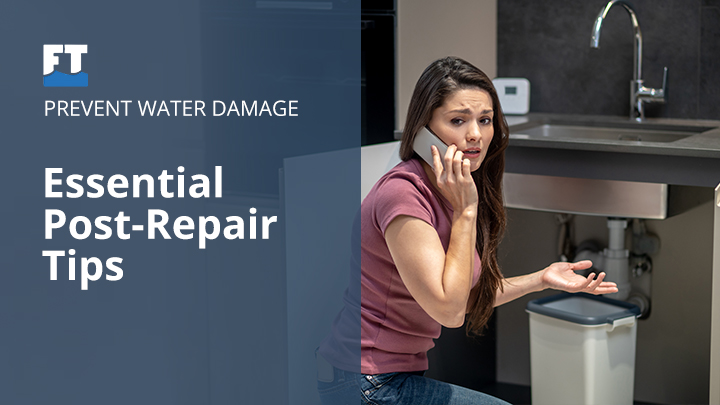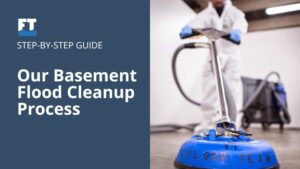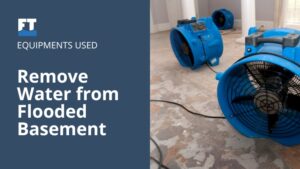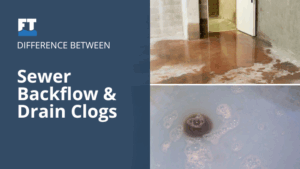Water damage doesn’t just leave a mess; it can create long-term problems if you don’t take steps to prevent it from happening again. After repairing the initial damage, the real work begins—ensuring your home stays protected in the future. Leaky roofs, faulty plumbing, or poor drainage can quickly turn into repeat issues if left unchecked. By understanding the root causes and addressing them head-on, you can safeguard your home and avoid unnecessary repairs down the road.
Prevention is always easier and cheaper than fixing the same problem twice. Let’s explore the steps you need to take to stay ahead of water damage for good.
Inspect and Maintain Key Areas
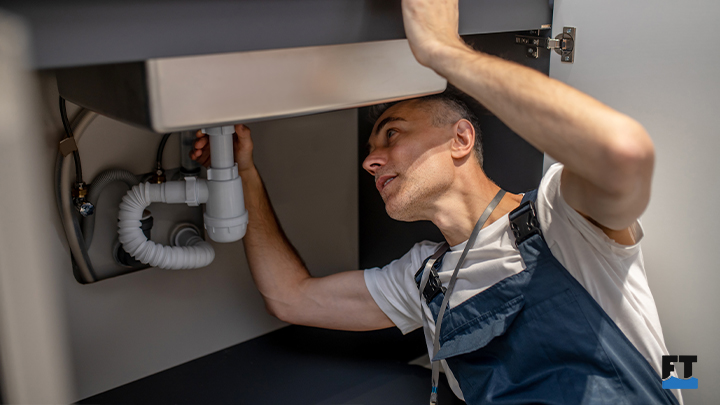
The first step is to keep an eye on the spots that have already been repaired. Don’t assume the problem is gone forever. Check for any signs of leaks, like damp walls, bubbling paint, or a musty smell. Even small signs of moisture can mean trouble and may require immediate water damage repairs to prevent further issues.
Plumbing is another area that needs attention. Inspect pipes, faucets, and toilets regularly. Look for drips or puddles around these areas, and fix small issues before they turn into big problems. For your roof, climb up or use binoculars to check for loose or missing shingles. A quick repair now can prevent major leaks during the next rainstorm.
Don’t forget your gutters and downspouts. Clogged gutters can cause water to overflow, leading to damage around your foundation. Clean them out regularly and make sure the downspouts direct water away from your home.
Seal and Protect Your Home
A well-sealed home can handle bad weather much better. Use waterproof sealant around windows and doors. Check for cracks in your foundation and seal those, too. Water has a sneaky way of finding its way into these small gaps, so it’s better to block it out completely.
If you live in an area with heavy rain, weatherstripping is your best friend. Add it around windows and doors to keep moisture out. For basements, consider applying a waterproof coating on the walls and floors. This extra layer of protection can make all the difference during a heavy downpour. For homes that have already experienced water damage, investing in water damage restoration services ensures that any lingering issues are addressed professionally.
Improve Drainage Systems
Water pooling around your home’s foundation is bad news. Make sure the ground around your house slopes away from the walls to keep water from collecting. If you’re not sure about your grading, you can hire a professional to assess it.
A sump pump is another great investment, especially if your basement is prone to flooding. Make sure it’s in good working condition and test it regularly. Adding drainage extensions or French drains can also help move water away from your home more efficiently. These systems work to direct water where it won’t cause damage.
Upgrade Home Features for Extra Protection
Sometimes, adding a few upgrades can save you from future problems. For example, water leak detectors can alert you the moment there’s an issue. Place them near appliances like washing machines, dishwashers, or water heaters.
Appliances with burst-proof hoses are another smart choice. These hoses are less likely to fail compared to standard ones. If you’re renovating, consider using water-resistant materials like tile or waterproof vinyl flooring in areas prone to moisture. These small changes can help protect your home in the long run. For added peace of mind, working with the best water damage restoration company can help you ensure every aspect of your home is well-prepared to handle moisture-related issues.
Develop a Maintenance Routine

Regular maintenance is key to preventing water damage. Make it a habit to inspect your home every season. During winter, insulate pipes to avoid freezing and bursting. In the fall, clear leaves and debris from gutters. Keep an eye on your water bill, too. An unexpected spike might mean there’s a hidden leak.
You don’t need to do everything at once. Spread out these tasks over the year, and they’ll feel much more manageable. Staying consistent with maintenance ensures small issues don’t turn into big problems.
Emergency Preparedness
Even with the best prevention efforts, accidents can still happen. A reliable water damage repair guide, along with essential tools like a wet vacuum, towels, and buckets, can help you respond quickly and effectively in emergencies.
Know where your home’s main water shutoff valve is located. If a pipe bursts, shutting off the water immediately can limit the damage. For areas prone to flooding, keep sandbags or temporary barriers ready to use. Having a plan can make all the difference when minutes count.
Protect Your Home from Future Water Damage
Stay one step ahead of water damage with expert tips and proactive solutions. Whether you’re dealing with past issues or looking to safeguard your home, The Flood Team is here to help. Don’t wait until it’s too late—contact us today for professional water damage prevention and restoration services.
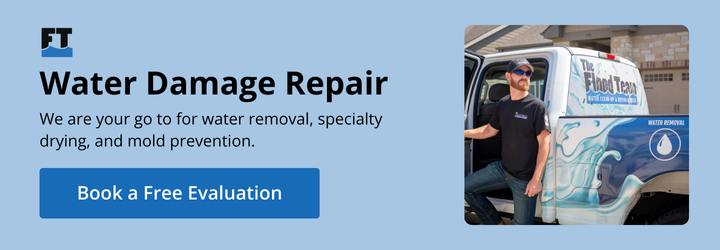
Final Thoughts
Water damage doesn’t have to be a recurring issue. By staying proactive, maintaining key areas, and adding extra protection, you can keep your home safe and dry. Small steps today will save you from big headaches tomorrow. Protect your home and enjoy peace of mind knowing you’ve done everything to prevent future water damage.
FAQs
How often should I inspect my home for water damage?
Checking your home twice a year, in the spring and fall, helps catch potential issues early. After severe weather, it’s also a good idea to do a quick inspection.
What areas of my home are most vulnerable to water damage?
Basements, crawl spaces, roofs, and plumbing fixtures are the most common problem areas. Regular maintenance can help prevent damage in these areas.
Can small leaks cause major problems?
Yes, even small leaks can lead to mold growth and structural damage if left untreated. Fixing them early can save you from costly repairs.

